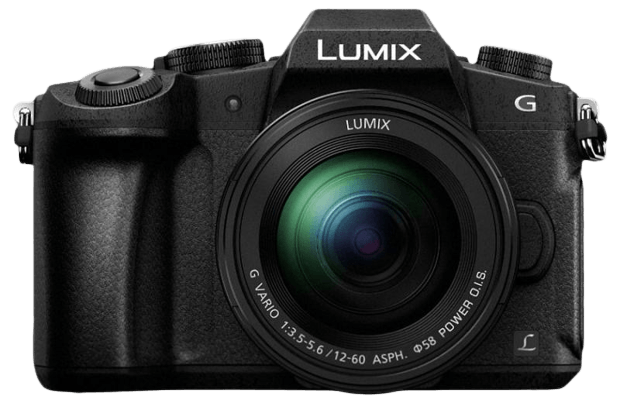Panasonic Lumix DMC-G80 Specs and Scores

The Panasonic Lumix DMC-G80 earns a score of 58/100 for its general specifications. Launched in 2016 with a price tag of $900, this mirrorless camera measures 128 x 89 x 74mm and weighs 505g or 1.11lbs. Although the G80 has been on the market for a few years, its specs remain competitive in today’s market.
The camera’s compact size and relatively light weight make it a convenient option for photographers seeking a reliable and easy-to-carry camera. This combination of affordability, size, and weight make the Panasonic Lumix DMC-G80 a solid choice for photography enthusiasts.
Panasonic Lumix DMC-G80 Overview and Optics
The Panasonic Lumix DMC-G80 receives a score of 57/100 for its optics. This camera has a 16-megapixel CMOS sensor, which is relatively low compared to other cameras in the market. However, it compensates with a fast shooting speed of 9 frames per second. The Venus Engine processor ensures efficient processing of images, while the Micro Four Thirds sensor size provides a good balance between image quality and compactness.
The camera’s DXOMARK sensor score is 71, which is decent but not outstanding. It features a Micro 4/3 lens mount, offering compatibility with a wide range of lenses. The built-in image stabilization is a valuable addition, as it helps reduce camera shake and improve image sharpness. The 4:3 aspect ratio is standard for Micro Four Thirds cameras, providing a versatile format for various types of photography.
Considering these specifications, the Panasonic Lumix DMC-G80 offers a solid set of features for its optics. While it may not be a top-performer in all areas, it provides a well-rounded package for photographers seeking a reliable camera with good image quality and a versatile lens system.
Panasonic Lumix DMC-G80 Video Performance
The Panasonic Lumix DMC-G80 receives a video score of 56/100. This camera offers a maximum video resolution of 4K, with dimensions of 3840 x 2160. It can record at a maximum video frame rate of 30fps. However, it lacks built-in time-lapse functionality.
In the current market, the G80’s 4K resolution is a standard feature among many cameras. The 30fps frame rate is acceptable, but some competitors offer higher frame rates for smoother video capture. The absence of built-in time-lapse functionality means users must rely on external software or accessories to achieve this effect.
Considering these factors, the Panasonic Lumix DMC-G80’s video capabilities are satisfactory, but not exceptional. There are other cameras available with more advanced video features, but the G80 remains a solid choice for those prioritizing other aspects, such as image quality and handling.
Panasonic Lumix DMC-G80 Features and Benefits
The Panasonic Lumix DMC-G80 receives a feature score of 70 out of 100. The camera is equipped with a 3-inch touchscreen that has a resolution of 1,040,000 dots, providing clear and crisp visuals. The flip screen feature allows users to capture images and videos from different angles conveniently.
In today’s competitive market, the Lumix DMC-G80 holds its ground due to its connected features. While lacking GPS and bluetooth capabilities, the camera compensates by offering WIFI functionality. This enables users to transfer photos and videos to other devices seamlessly, making it a suitable option for those who prioritize connectivity.
Taking all these specifications into account, it is evident that the Panasonic Lumix DMC-G80 offers a well-rounded set of features. Although it may not excel in every aspect, its overall performance and capabilities make it a strong contender in the market.
Panasonic Lumix DMC-G80 Storage and Battery
The Panasonic Lumix DMC-G80 receives a storage and battery score of 21/100. This camera has one memory card slot, accepting SD, SDHC, and SDXC cards. In today’s market, multiple card slots are preferred for convenience and backup purposes, so having only one slot is a limitation.
The camera’s battery life allows for 330 shots per charge, which is on the lower end compared to other cameras in its class. The battery type is lithium-ion, a standard choice for most cameras. However, the G80 does not offer USB charging, which is a disadvantage as it reduces charging flexibility.
In the end, the Panasonic Lumix DMC-G80’s storage and battery capabilities are not its strongest points, with a limited number of memory card slots, lower battery life, and lack of USB charging. Improvements in these areas would make the camera more competitive in today’s market.
